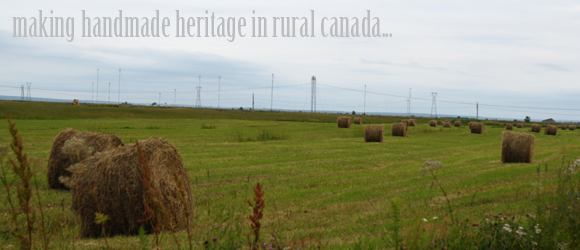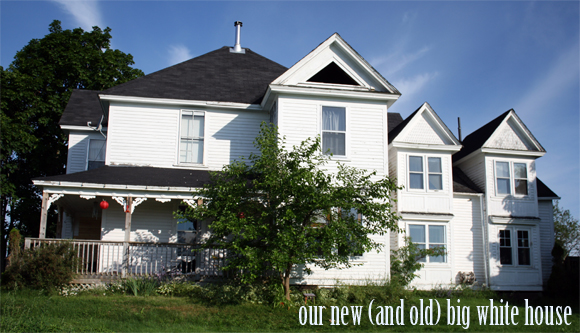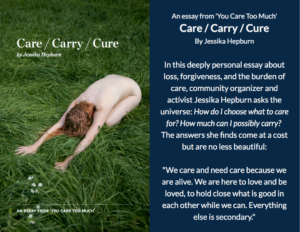Since 2009 I have been a maker of skin care products. Prior to that I was a maker of things.
I was born with a pencil in my hand so the legend goes. I painted and stitched my way through adolescence. By university I was selling hand-beaded items at a local consignment shop while studying engineering. This was my way of balancing my scientific curiosity with my creative need.
This year, through a series of life altering events, my family and I find ourselves living back in the town where I grew up. This is the same town through which my mother can trace her family roots back to the 1780s when settlers from Yorkshire, England arrived in search of a better life. What they found was an undeveloped land and the need to create a new life by hand – out of necessity. Their houses built of beams hewn by hand, the bark still left on. Clothing woven and knit from handspun yarn produced from their own sheep.
Early settler women rendered pig and beef fat into drippings suitable for soap making. Their caustic soda was extracted from water-soaked wood ash. The resulting soft brown soap was harsh and created holes in many a darned sock. Anointment soaps draw on the same process used by these women – olive oil is combined with palm and coconut oil and heated to a specific temperature. Lye is combined with pure water and cooled to the same temperature as the oils at which time they are slowly combined and mixed briskly. The soap solution will slowly change colour from translucent golden to opaque creamy white as the oils are transformed and saponified. The consistency will thicken and become more gelatinous as skin-softening glycerine is formed during the chemical reaction.
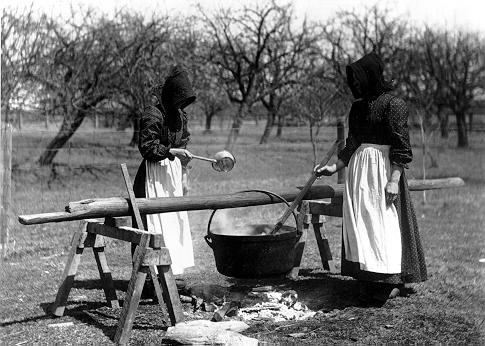 {Ontario women making soap via Ontario Ministry of Agriculture and Food R. R. Sallows Collection}
{Ontario women making soap via Ontario Ministry of Agriculture and Food R. R. Sallows Collection}
Commercially this process of soap making remained largely the same until the 1940s when, during World War II, the fats and oils traditionally used for soap making were diverted to manufacture explosives. New ingredients were needed to make cleaners and bars. At the time, petroleum oil was easily available and inexpensive so petroleum by-products were introduced to replace the natural oils and fats previously used to make soap. Long after the demand for explosives ceased the petroleum-based ingredients remained because of their economy.
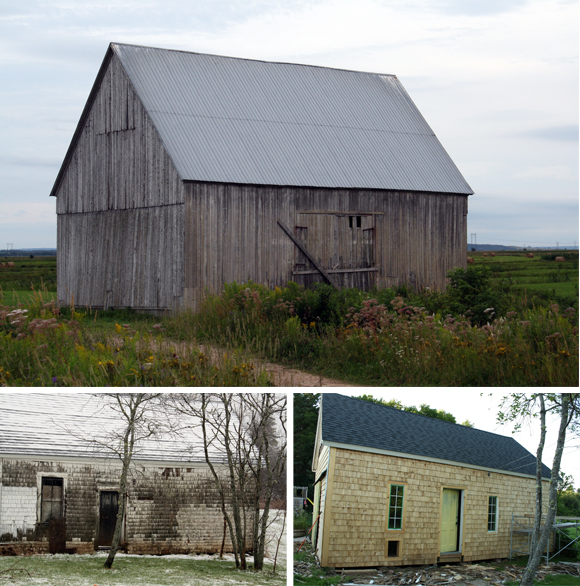 {above: the old barn is being made new again}
{above: the old barn is being made new again}
Today’s small-scale soap manufacturers, such as Anointment, are preserving the heritage of a process adulterated by war. I take pride in measuring the oils, mixing vats of soap over a stove and cutting each bar by hand. As a maker of things turned soap maker we are now striving as a family to make handmade a way of life. We now live in a historic Victorian home, purchased with the intention of preserving its handmade heritage from a time when making do and subsistence farming was the predominant way of life. Lately, with three children at home, my husband can be found shingling the barn that will house our hens in the spring. We keep bees to pollinate the apple trees in our yard, produce honey for personal use and to use in the Anointment products that require it.
While today we have the luxury of choosing whether or not to live a life rich in handmade heritage, it is undeniable that it brings a sense of rhythm to family life and connection to the products we produce, use and consume. Producing skin care products by hand connects me to the ingredients, the process and the customer in a way that factory production simply can’t. Choosing this path for my family has meant a huge amount of risk in terms of financial stability and income, but the amount of happiness and life satisfaction we have gained is immeasurable.

